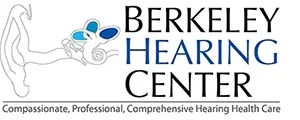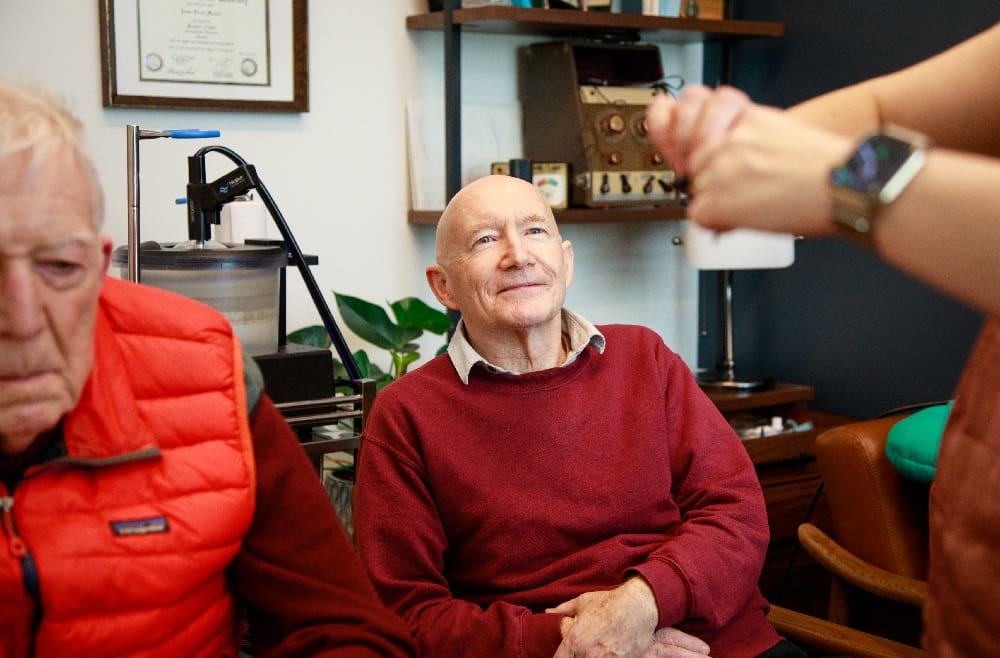2018-12-02
Jonathan Lipschutz Audiologist, M.S., F-AAA, Co-Owner
A couple of issues back, I wrote a piece entitled “The Squeaky Wheel Gets the Grease”. What I was conveying in the article was the importance of letting your audiologist know when you’re having issues, whatever they may be, because we can only address problems we know exist. But knowing the problem exists is only half the battle. Like all health care providers, we need to know and understand the details of the problem.
I’m routinely reminded of this in my practice. For example, a lovely woman has been evaluating new technology to see if she can get significantly better results for her more challenging listening situations. She loves the rechargeable aspect, but the results for those challenging situations has not been consistent, and she’s a little discouraged. I observed that her custom ear molds were not sitting properly in her ears, and she reported this has been an ongoing issue. As expected, when I pushed them into their proper position, she noted significantly better clarity. We’ve ordered new, better fitting, ear molds that should give her consistent results. This will allow her to accurately evaluate the new hearing aids, to see if they are worth investing in.
Another patient recently requested an appointment due to discomfort. He has been receiving treatment for skin cancers in & around his ears. Unfortunately, one of the lesions recently treated is in the bowl (or concha) of his outer ear, and his custom ear mold appeared to be rubbing and exacerbating that site. I was able to modify his custom ear mold so that it was no longer making contact with the problem area. With both patients, detailed information regarding their issues was critical to addressing them.
It’s not just (or even mostly) relative to the physical fit where details are critical to addressing my patients’ complaints. The specifics of what/how they are hearing offer me invaluable clues to improving the subjective sound quality and overall performance of their hearing aids.
There are effectively an infinite amount of programming adjustments possible in today’s hearing aids. That is why I strongly encourage my patients to make detailed observations/notes of how they are perceiving sounds as we proceed through the fitting & fine-tuning process--and it’s always a process. Knowing that information, I can work with my patients to find the appropriate settings to address their issues.
Because of the subjective nature of hearing & sound, as well as physical fit, when it comes to properly fitting and programming hearing aids, the ‘devil (really) is in the details’. So never shy away from letting your audiologist (or any health care provider, for that matter) know what you are experiencing.
https://berkeleyhearing.com/wp-content/uploads/2022/12/Are-you-ready-to-enhance-your-hearing-experience.jpg
Jonathan Lipschutz Audiologist, M.S., F-AAA, Co-Owner






